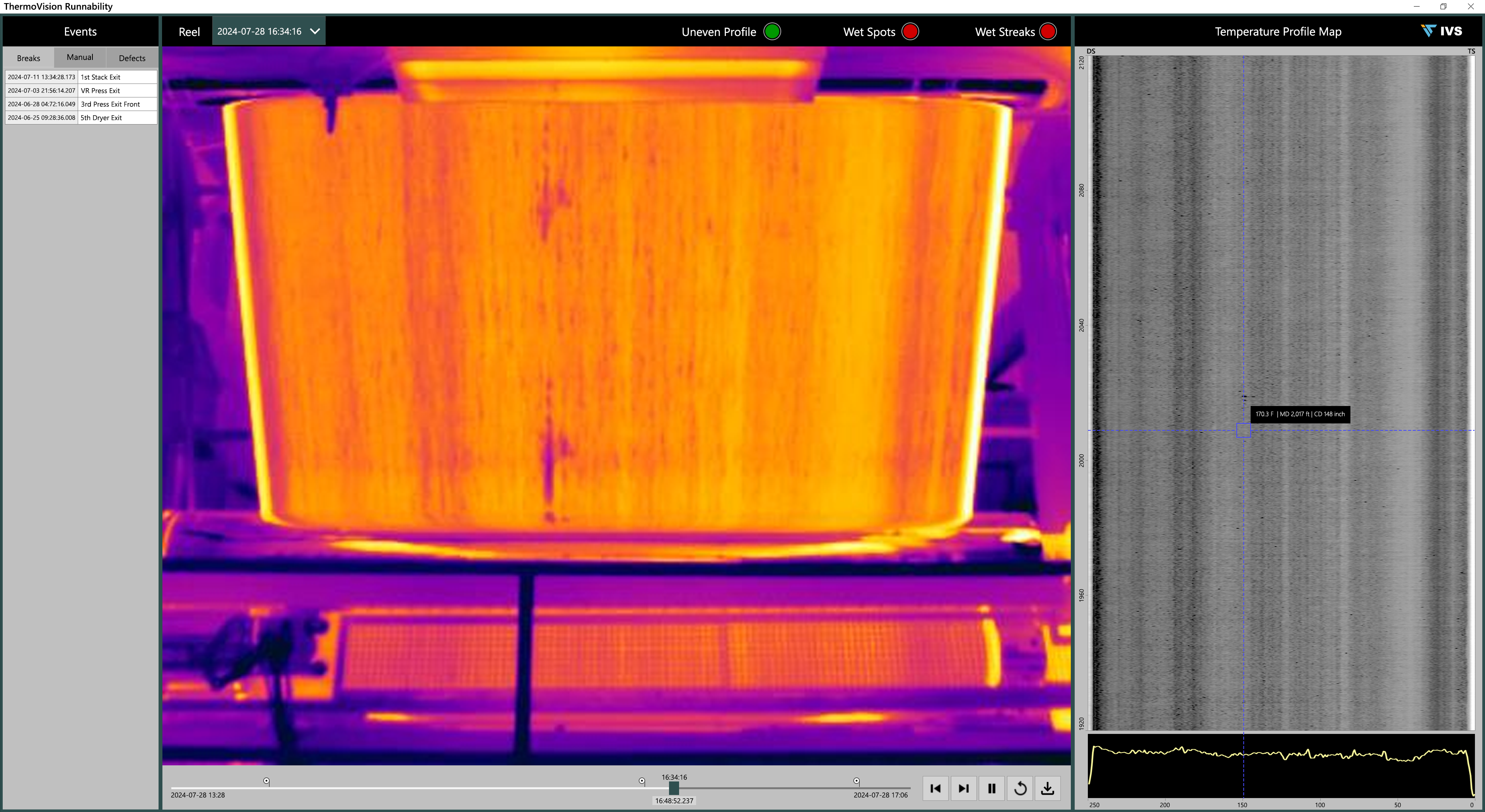A detailed process hazard analysis (PHA) has to examine the human factors involved and identify, evaluate, and control potential hazards to prevent future process valve incidents from occurring.
On Nov. 22, 2016, an operator was working on a valve assembly at the ExxonMobil Refinery in Baton Rouge, La, when isobutane released. The resulting fire seriously injured four workers in the sulfuric acid alkylation unit.
There is always a technical reason for a failure, but anyone doing an analysis has to examine the human factors involved. A detailed process hazard analysis (PHA) on covered processes that identify, evaluate, and control potential hazards to prevent future incidents from occurring.
"You have to look at how you are handling human factors surrounding valve operation," said Mike Wingard, investigator at the Chemical Safety Board (CSB) during his presentation at the Mary Kay O’Connor Safety Center 2017 International Symposium, in College Station, Tex. "The valve design, the way the support bracket was set up, gave a false sense of security."
After the analysis incident and the CSB report, anyone could look at the incident and say why would anyone do this? But after you get into the details, it is possible to understand how and why the incident happened, Wingard said.
"There were four serious burn injuries, but it could have been worse," Wingard said.The plug valve in question is an open and close device that is manually controlled.
In this case, the operator took the entire valve handle assembly off. The proper way would have been to leave the assembly stem on and keep the four bolts in place. Instead, however, he took out all four bolts that tied the valve into the pipe.
The CSB learned there were long-standing reliability issues with gearboxes used to operate plug valves in the refinery’s alkylation unit. When alkylation unit operators encountered a malfunctioning gearbox on a plug valve, it was an accepted practice for the operator to remove the gearbox to open or close the valve with a pipe wrench. Refinery management did not, however, provide alkylation unit workers performing this operations activity with a written procedure or training on safe gearbox removal from plug valves and its associated hazards.
While some operators felt comfortable performing this type of work, others did not and referred this work to maintenance personnel, who they felt were more qualified to remove the gearbox.
The Occupational Safety and Health Administration (OSHA) process safety management (PSM) standard requires companies to perform a detailed PHA.
In addition, the American Petroleum Institute (API) published a human factors tool that asks:
- Is there any equipment that often does not work as designed?
- How could human error cause an incident or unsafe condition?
- Are routine duties well-defined?
- Are the job aids adequate (including training)?
In its alkylation unit process hazard analysis (PHA), the Baton Rouge refinery did not document any consideration of human factors related to valve operational issues. Had the PHA human factors analysis prompted workers to discuss the removal of these gearboxes, the company could have identified the potential hazard of inadvertently taking the valve apart during gearbox removal. Valves with this potential hazard could have been recommended either for replacement or an appropriate modification through a PHA corrective action, thus avoiding the incident.
Refinery operators said they frequently encountered situations where the handwheel did not turn the valve, Wingard said. Given the history of issues with these alkylation unit gearboxes, the refinery should have evaluated these operational difficulties, recognizing that this older valve design could result in unintentional disassembly of pressure-retaining components, which, as seen, can have catastrophic consequences.
Wingard said one takeaway was to analyze how many plug valve designs does a manufacturer have in its plant? What valve maintenance scenarios involve removing of the device? Did training prepare operators?"
"There was a lack of procedure," Wingard said. "There was no procedure detailing how to deal with different gearbox designs. There was no procedure on when to call maintenance. The operator had a choice to do it yourself or to call maintenance."
Gregory Hale is the editor and founder of Industrial Safety and Security Source (ISSSource.com), a news and information Website covering safety and security issues in the manufacturing automation sector. This content originally appeared on ISSSource.com. ISSSource is a CFE Media content partner. Edited by Chris Vavra, production editor, CFE Media, [email protected].
ONLINE extra
See related stories from ISSSource linked below.



